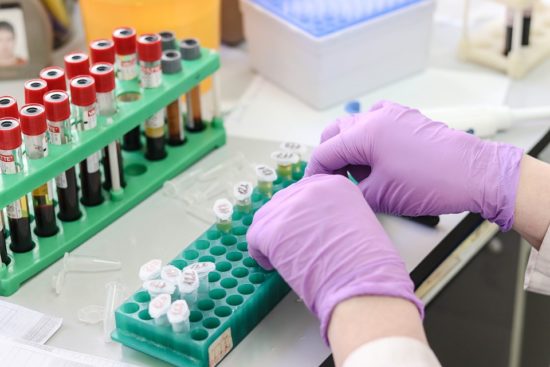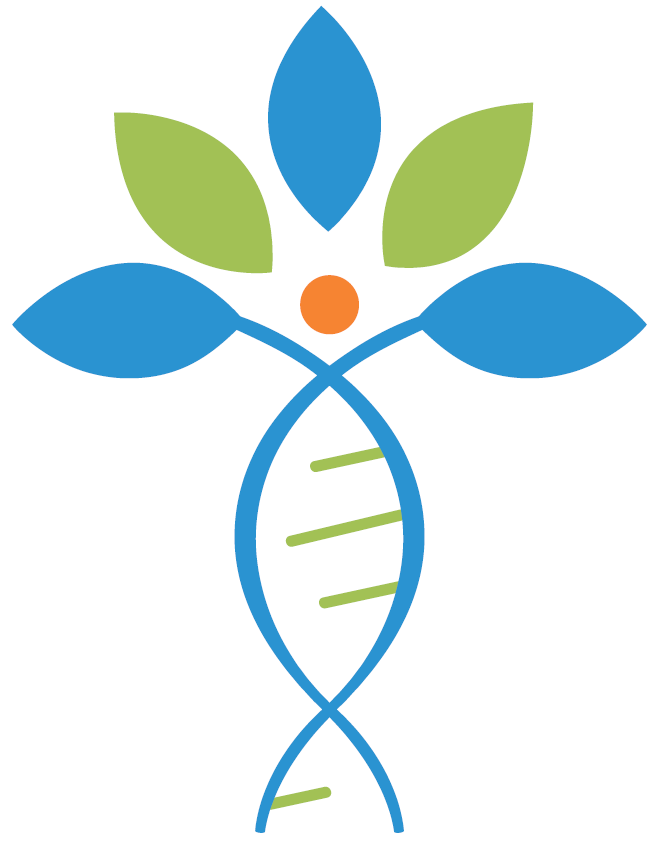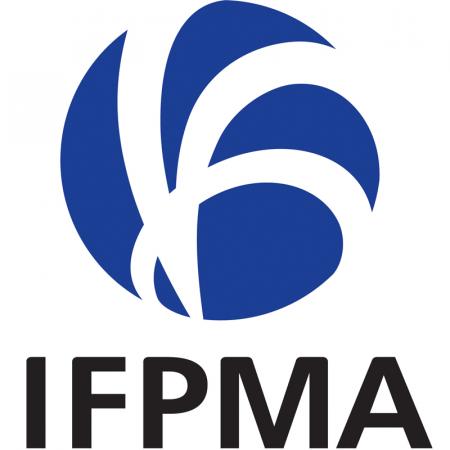Diagnostics against antimicrobial resistance – the next big move
Chances are, you were prescribed antibiotics at least once in the last year or two. But were they really necessary? The Centers for Disease Control and Prevention (CDC) estimates that about 47 million antibiotic courses each year are prescribed unnecessarily, which is about 30% of all antibiotics prescribed.1
Although antibiotics may be the most recognisable antimicrobial to the public, there are others that fall under this category and are at risk of no longer being effective treatments. ‘Antimicrobial’ is an umbrella term for medicines such as antibiotics, antifungals, antivirals and antiparasitics that prevent and treat infections in humans, as well as animals and plants. Antimicrobial resistance (AMR) occurs when microorganisms evolve and no longer respond to conventional antimicrobial treatments, making infections harder and harder to treat – in some cases leaving no treatment options available.2
AMR NEWS
Your Biweekly Source for Global AMR Insights!
Stay informed with the essential newsletter that brings together all the latest One Health news on antimicrobial resistance. Delivered straight to your inbox every two weeks, AMR NEWS provides a curated selection of international insights, key publications, and the latest updates in the fight against AMR.
Don’t miss out on staying ahead in the global AMR movement—subscribe now!







